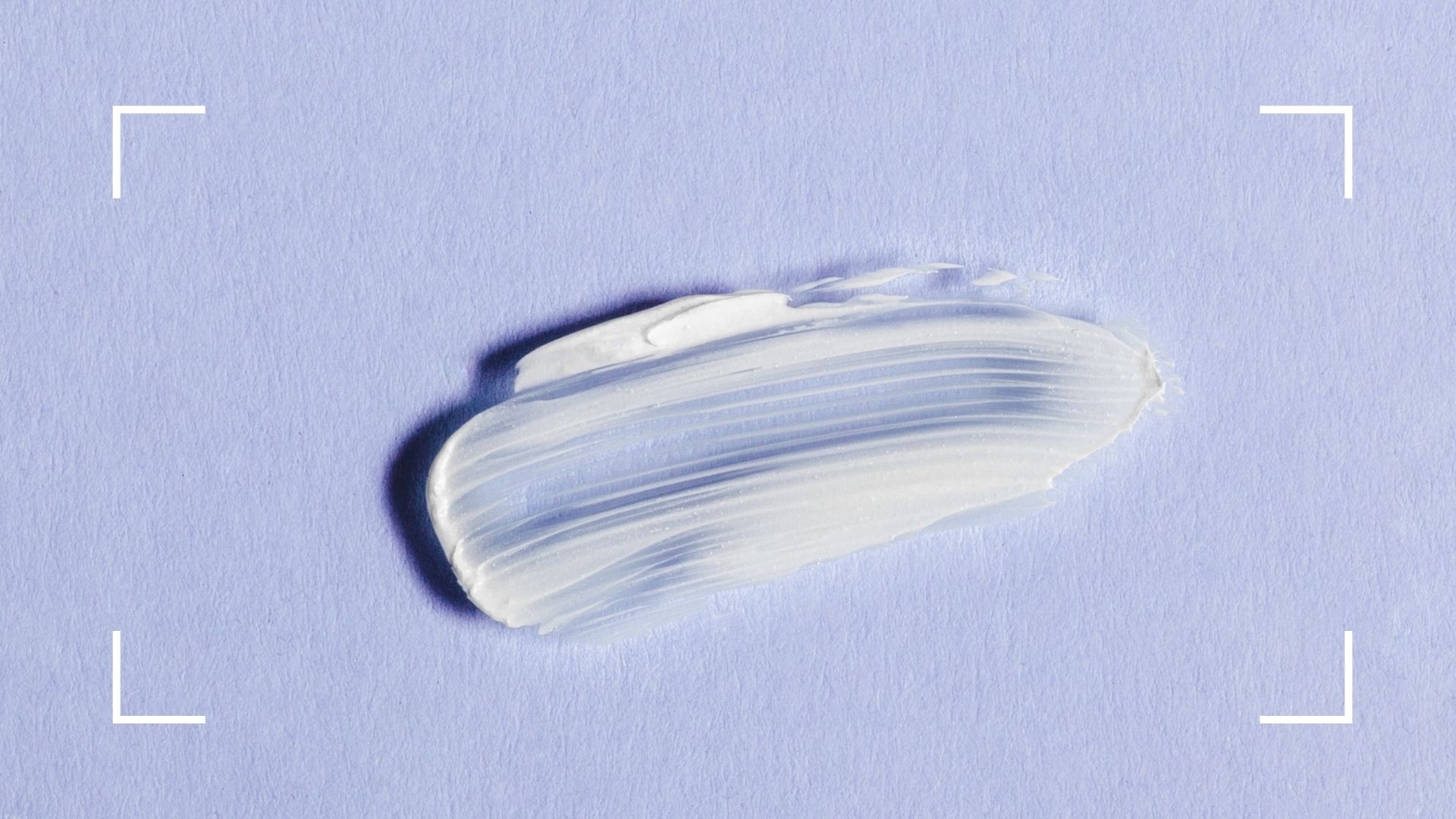Glycerol vs glycerin—the differences, benefits, and how to use each
The experts explain glycerol vs glycerin—these skincare ingredients are everywhere, but what do they actually do?


Wondering about glycerol vs glycerin? They’re only two letters apart, but are these commonly-used skincare ingredients as similar as they sound?
If you’ve ever used a serum, moisturizer or cleanser in your skincare routine—or even a simple bar of soap—there’s a good chance you’ve already tried one or both of these ingredients. They are used in many of the best skincare products, particularly those designed for dehydrated skin as well as in skincare for dry skin.
“Glycerol and glycerin are found in most everyday beauty products and can be used multiple times a day,” explains Natalia Sadowski, medical aesthetician and director of aesthetics for NB Naturals. “Cosmetic chemists will use glycerol or glycerin in product formulations because they serve as a vehicle for moisturization.”
Want to know more? This doctor-approved guide will help you distinguish between glycerol vs glycerin, discover their benefits, and learn how to use each ingredient for effective results.
Glycerol vs glycerin: Your expert guide
What are glycerol and glycerin?
What is glycerol?
Glycerol is a colorless, odorless, non-toxic chemical compound made up of carbon, hydrogen, and oxygen (C3H8O3). Vanessa Thomas, cosmetic chemist and founder of Freelance Formulations explains, "it’s extracted from either vegetable oils or animal fats and even occurs naturally in humans.”
What is glycerin?
Thomas adds that glycerin is the name for any skincare product formulated with at least 95% glycerol. You may also see glycerin called glycerine. So, when comparing glycerol vs glycerin, they’re essentially the same thing. Glycerin is just a slightly diluted version of glycerol.
The benefits of each ingredient
“These chemicals are used in everyday foods, medicines, and cosmetics,” says Dr. Emmanuel Loucas, director of SINY Dermatology. “They both possess antibacterial and antiviral properties, which make them attractive ingredients for various topical medicines.” In skincare, such as the best face moisturizers, glycerol and glycerin offer the same benefits, and serve three main purposes:
Sign up to our free daily email for the latest royal and entertainment news, interesting opinion, expert advice on styling and beauty trends, and no-nonsense guides to the health and wellness questions you want answered.
- Texture: As a viscous liquid, these ingredients are “often used to shape the forms of products, such as skin smoothing products like body creams and lotions,” according to Dr. Loucas. So glycerol and glycerin can help give your favorite moisturizer a smooth, luxurious application.
- Moisture: As humectants, glycerol and glycerin hold onto moisture to keep your skin hydrated, while as emollients they make sure your skin stays soft to the touch. “Glycerin is great for dry skin because it helps to lock in moisture. It’s also great skincare for oily skin because it is non-greasy and does not form a thick film over the skin as silicone would,” says Thomas.
- Healing: Whichever you pick between glycerol vs glycerin, both also offer antibacterial powers, protection against harsh chemicals, and soothing properties. “Their benefits include hydrating the outer layer of the skin and aiding in the wound healing process," agrees Thomas.
How should you use glycerol vs glycerin?

Look for glycerol and glycerin in face and hand creams, the best cleansers for dry or dehydrated skin types, as well as the best eye creams for wrinkles and other skincare essentials. You’ll typically find these ingredients in fairly low concentrations.
“Using a moisturizer with glycerol and glycerin every morning and in a skincare night routine is ideal,” Sadowski says. Or, to double down on the hydrating benefits, Thomas notes that products containing glycerin or glycerol work well with other moisturizing ingredients such as the best hyaluronic acid products. If you’re prone to irritation, it's smart to keep an eye out for ingredients your skin may not respond well to, typically these can be things like skincare acids and retinol.
When shouldn't I use these ingredients?
In general, experts say glycerol and glycerin are safe to use. They’re also on the Environmental Protection Agency’s (EPA’s) Safer Chemicals list, meaning they pose a very low risk. However, if you have an allergy to either ingredient, you may experience skin irritation or an allergic reaction like a rash. A dermatologist can help you find remedies and alternatives.
There’s no sufficient evidence to say that glycerol or glycerin will have adverse reactions with other skincare ingredients. So you’re generally safe to use them at any point in your routine, layered with any other ingredients you like.
But it's always best to leave the formulating to the professionals. “It’s not ideal to buy these ingredients to create DIY concoctions. when glycerol and glycerin are added into products, the chemists know the precise ratios for efficacy and skin safety," advises Sadowski and Thomas agrees, "Glycerol and glycerin should not be used alone or in full concentration, as they could irritate the skin on their own."
glycerol vs glycerin: w&h verdict
As with retinol vs retinoids, glycerol vs glycerin is a case of two nigh-identical ingredients with very slight differences in composition.
If you’re looking for a safe and gentle moisturizing ingredient you can easily add to your skincare routine, a product containing a low concentration of glycerol or glycerin is a great choice for keeping your skin soft, supple and hydrated. Just avoid using them in their pure forms or in homemade skincare remedies, since they may cause irritation in high concentrations.
woman&home thanks Natalia Sadowski of NB Naturals, Vanessa Thomas of Freelance Formulations and Emmanuel Loucas of SINY Dermatology for their time and expertise

As woman&home's Beauty Channel Editor, Fiona Mckim loves to share her 15+ years of industry intel on womanandhome.com and Instagram (@fionamckim if you like hair experiments and cute shih-tzus). After interning at ELLE, Fiona joined woman&home as Assistant Beauty Editor in 2013 under industry legend Jo GB, who taught her to understand ingredients and take a cynical approach to marketing claims. She has since covered every corner of the industry, interviewing dermatologists and celebrities from Davina McCall to Dame Joan Collins, reporting backstage at London Fashion Week and judging the w&h Beauty Awards.